弗洛斯特诗歌中隐喻的认知研究
Introduction1IntroductionThelaterhalfofthetwentiethcenturyhaswitnessedagreatprogressinthefieldofcognitivelinguistics,whichisinitiatedbyGeorgeLakoffandMarkJohnson.IntheirmonographMetaphorWeLiveBy,theyoverturnthetraditionalopinionthatmetaphorisakindofrhetoricaldevicesinlanguages.Withalargeamountofexam...
相关推荐
-
梁实秋翻译思想研究VIP免费

 2024-09-20 10
2024-09-20 10 -
从互文性视角研究文学翻译—以《老人与海》汉译本为例VIP免费

 2024-09-20 11
2024-09-20 11 -
汉英文化差异与西湖景点介绍的英译——— 从奈达的功能对等理论角度VIP免费

 2024-09-20 9
2024-09-20 9 -
文学自译研究——以林语堂《啼笑皆非》为个案VIP免费

 2024-09-20 9
2024-09-20 9 -
隐喻机制与转喻机制在英语新词语形成中的重要作用VIP免费

 2024-09-20 10
2024-09-20 10 -
英语字母及字母组合意义相关性的认知研究VIP免费

 2024-09-20 9
2024-09-20 9 -
Performance of Downlink Frequency Domain Packet Scheduling for the UTRAN Long Term EvolutionVIP免费

 2024-09-20 8
2024-09-20 8 -
Discourse Power of Teacher and Students in Classroom-成型论文VIP免费

 2024-09-20 8
2024-09-20 8 -
Frequency Domain Packet Scheduling Under Fractional Load for the UTRAN LTE DownlinkVIP免费

 2024-09-20 6
2024-09-20 6 -
Growth at Hubbard's FoodsVIP免费

 2024-09-20 13
2024-09-20 13
相关内容
-
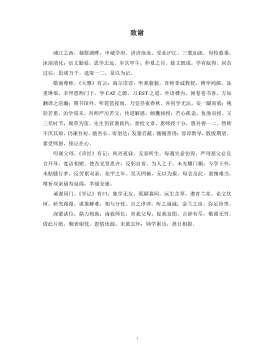
CAT在大型船舶消防翻译项目中的应用探索
分类:高等教育资料
时间:2025-01-09
标签:无
格式:PDF
价格:15 积分
-
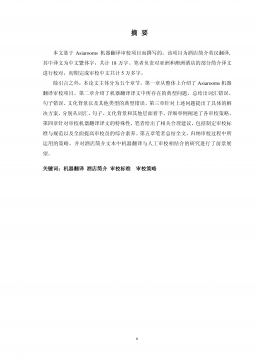
机器翻译审校策略研究—以Asiarooms500酒店简介英译汉为例
分类:高等教育资料
时间:2025-01-09
标签:无
格式:PDF
价格:15 积分
-
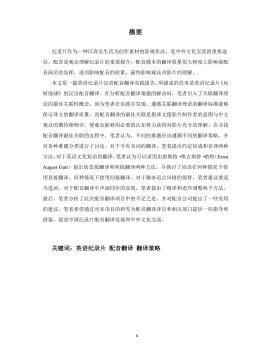
英语纪录片《玩转地球》的汉语配音翻译实践报告
分类:高等教育资料
时间:2025-01-09
标签:无
格式:PDF
价格:15 积分
-
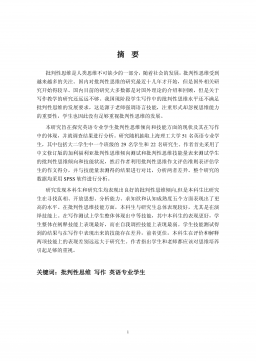
英语专业学生的批判性思维现状及其在写作中的应用调查与分析---以上海理工大学英语专业为例
分类:高等教育资料
时间:2025-01-09
标签:无
格式:PDF
价格:15 积分
-
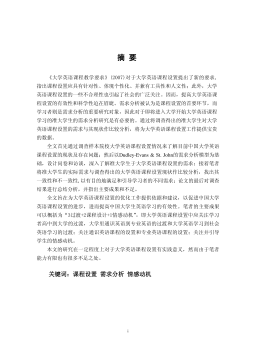
准大学生对大学英语课程设置的需求研究--以安徽省某高中2014届毕业生为个案
分类:高等教育资料
时间:2025-01-09
标签:无
格式:PDF
价格:15 积分






